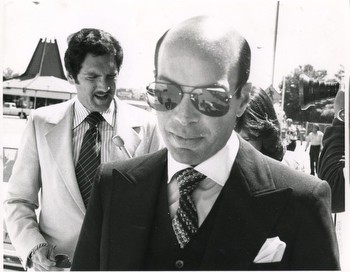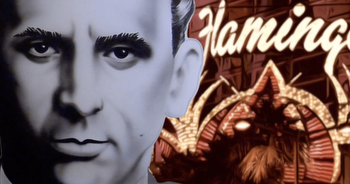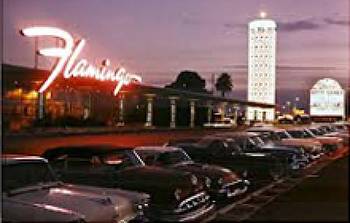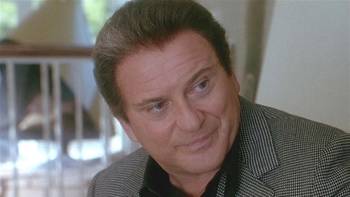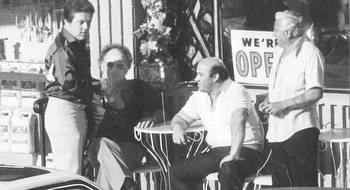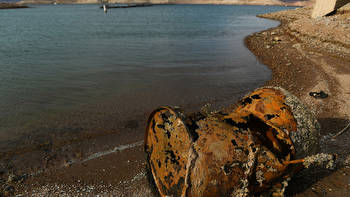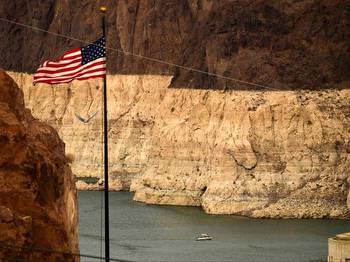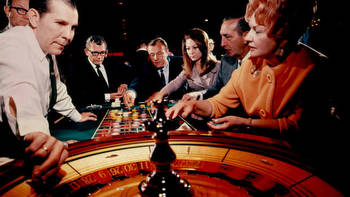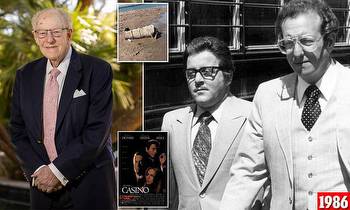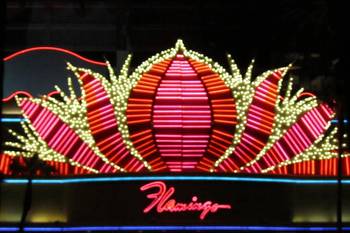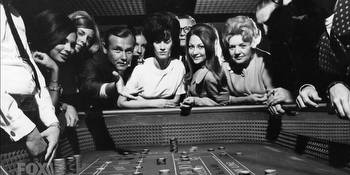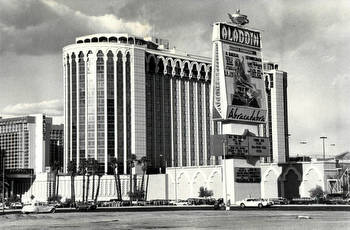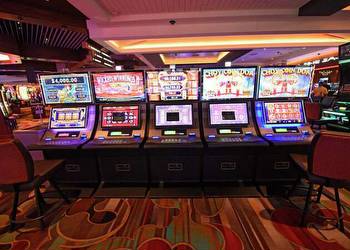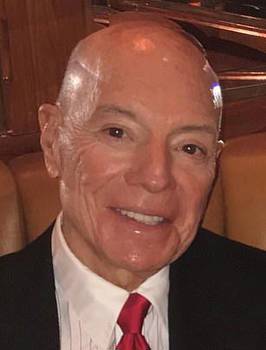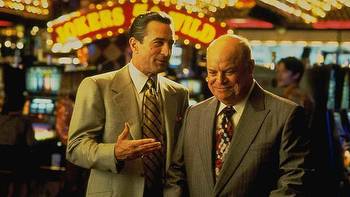Tough Little Town: How The Mob's downfall in Las Vegas ushered in the resort era
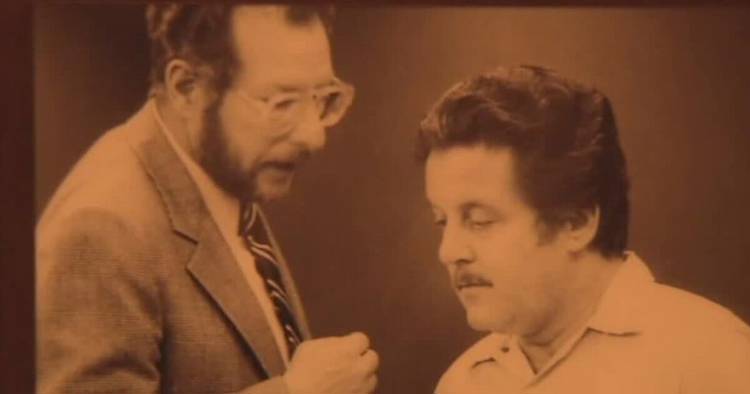
LAS VEGAS (KTNV) — After decades of the mob's influence in Las Vegas, the FBI and some local watchdogs said it was time for a change.
In part two of our special report, "Tough Little Town," a look at the big names who played a big part in Las Vegas history — and what eventually led to the downfall of the mob.
The Mob Museum's director of education, Claire White, says Bugsy Siegel's arrival signaled the start of this era in Las Vegas.
"He opens the Flamingo in 1947, and he, along with Meyer Lansky, who is his main financier, really are the mobsters who see the vision for Las Vegas moving forward," White said.
With the opening of Siegel's Flamingo hotel, the door was wide open for more mob operations.
White says Johnny Marshall Caifano was the enforcer of the Chicago outfit, and was very violent. He is most known for being one of the first people added to Nevada's "Black Book."
The Black Book is a list of people excluded from holding a casino license, as well as not being allowed to step foot in a casino in Nevada.
It was created by the Nevada Gaming Commission in the 1960s under the guidance of former Nevada Gov. Grant Sawyer.
"The Black Book was like the Mark of Cain," said former Las Vegas mayor and mob attorney Oscar Goodman. "Probably the worst thing you could ever do to a human being is to make him into an outlaw."
Despite that addition, mob operations continued, including the arrival of one of the biggest names: Frank "Lefty" Rosenthal.
He came to Las Vegas in the late 1960s and took over the skimming operation at the sports book at the Stardust Hotel and Casino, as well as other properties.
"He was really responsible for sort of that back of the house component of the skim, making sure that things were operating properly," White said.
The "skim" is when people would take money off the top of casino earnings before it could be taxed.
Anthony "The Ant" Spilotro, the enforcer of the Chicago syndicate, came to town in the 1970s.
Goodman represented Spilotro as his attorney and says Spilotro was a misunderstood figure.
"He never was convicted of anything over 12 to 15 years that I represented him," Goodman said. "So he's a figment of law enforcement's imagination. I really mean that."
For years, there was an understanding of sorts about keeping violence out of the city. But things slowly began to change while Spilotro and Rosenthal were here.
"That does start to shift in the '70s and '80s, where we see car bombings, we see restaurant bombings," White said.
Clark County historian Mark Hall Patton says he has a friend who doesn't have a spleen after trying to stop a mobster from beating up his girlfriend on Fremont Street. He claims Las Vegas police urged his girlfriend not to press charges.
"They said, 'Do you want to press charges?'" Patton said. "He said, 'Yes, I do," and they said, 'No, you don't, because you won't make it to trial.'"
With the rise in violence and the skim continuing in the casinos, longtime Las Vegas journalist and current Mob Museum vice president of exhibits and programming, Geoff Schumacher, says the FBI finally stepped in during the late 1970s.
"The FBI decided to go full force in Las Vegas and to try to investigate skimming at several casinos," Schumacher said.
The Nevada Gaming Control Board was also renewing its focus on organized crime. The control board acts in a prosecutorial or disciplinary capacity against gaming licensees.
Former Nevada Gov. Mike O'Callaghan was also a key figure in trying to get the mob out of casinos and hired young agents to sit on the board. Former U.S. Sen. Harry Reid also threatened the mob's grip on Las Vegas when he served as chairman of the Nevada Gaming Commission.
The gaming commission acts on the recommendations of the control board and makes the final decision on all gaming license matters.
"That was a big deal, when he (Sen. Reid) was on the gaming commission," Patton said. "He made his name on that."
The feds and local officials put the spotlight on the Stardust Hotel and Casino, as depicted in the movie "Casino" starring Robert De Niro with his portrayal of "Lefty" Rosenthal.
"They ultimately exposed the skim and put together a RICO trial to take down the Chicago mobsters who were behind it," Schumacher said.
It was then that officials took away control of the Stardust from the mob and, eventually, the Boyd family purchased the property in 1984.
The Stardust was eventually imploded in 2007. Today, Resorts World sits at that location.
"There was the era when the mob was helpful to Las Vegas. And then there's the era where the mob was not helpful, when the mob was actually causing more problems than it was helping," Schumacher said.
The mob continued to be forced out through the 1980s and early '90s. Today, Las Vegas is a growing metropolis, with major corporations in charge of casinos.
More than 30 years since they were rooted out, the mobsters' history is now immortalized at the Mob Museum.
There's no denying the complicated legacy of the mob in Las Vegas.
"It was the mob there that really created that mystique here and that really built some of the early hotels here, which is very important," Schumacher said. "But it was not better back in the day."
"A legendary city that will never be recreated," Goodman said. "They'll never be able to make a place like Las Vegas again."
Special thanks to the Mob Museum for its contributions to these stories.









